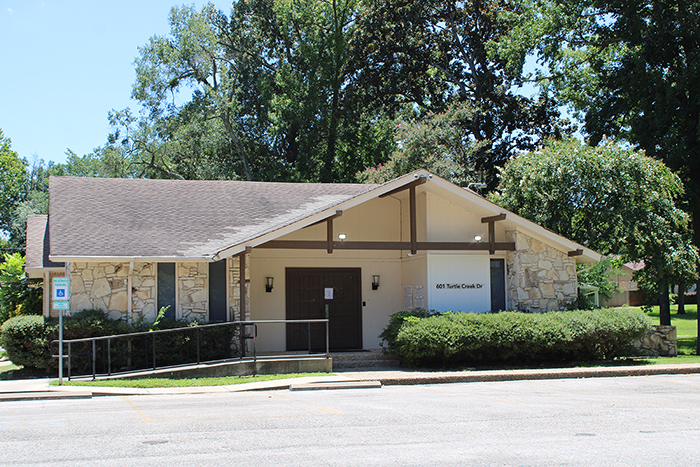The “Texas model” works elsewhere
Published 7:15 pm Thursday, January 8, 2015
Like an old sweet song, The Atlantic has Georgia on its mind these days. That august magazine notes Georgia’s unemployment rate is higher than the national average, and tries to make the case that the rate is high because of its “laissez-faire approach to policy.”
Which might be a solid argument, if it wasn’t for Texas.
Trending
“Georgia, home to Fortune 500 heavyweights such as Home Depot, UPS, and Coca-Cola, had the highest unemployment rate in the nation in August, September, and October,” The Atlantic explains. “With a November rate of 7.2 percent, the state was narrowly edged out by Mississippi’s 7.3 percent (December statistics won’t come out until mid-January). This may seem surprising, since Georgia was named the best state to do business in both 2014 and 2013 by Site Selection magazine, largely because of its workforce-training program and low tax rates.”
But those pro-business policies are precisely why Georgia has high unemployment, The Atlantic claims.
It quotes an Atlanta economist formerly with the Bureau of Labor Statistics: “This is what a state looks like when you have a hands-off, laissez-faire approach to the economy,” Michael Wald said.
But to refute this argument — which, really, is simply an opening for The Atlantic to make the case, yet again, for Keynesian “stimulus” governmental spending — one simply needs to look to Texas.
The Texas model — now being adopted by Georgia, New York and other states — has led to our state being the nation’s top job creator. What’s more, those jobs aren’t just the low-wage, low-skill jobs that The Atlantic article claims.
That’s what the Federal Reserve Bank of Dallas reported recently.
Trending
“In sum, the data show Texas has experienced far greater growth of ‘good’ jobs than the rest of the nation has since 2000. Texas has also created more ‘good’ than ‘bad’ jobs. Jobs in the top half of the wage distribution experienced disproportionate growth,” Fed economists reported in 2014. “The two upper wage quartiles were responsible for 55 percent of net new jobs. A similar pie chart cannot be made for the rest of the U.S., which lost jobs in the lower-middle quartile over the period. Between 2000 and 2013, Texas household survey employment overall grew 24.9 percent, while employment in the rest of the U.S. expanded just 4.7 percent.”
The economists added that even the lower-paid workers are better off in Texas.
“A low minimum wage and plenty of low-skilled workers ensure that Texas will have a high share of minimum wage jobs,” they wrote. “On the other hand, a relatively low cost of living in Texas ensures that workers’ earnings here will go further than in other large states.”
As noted, The Atlantic is really making a case for more “stimulus” spending. The state has transportation infrastructure needs that could be addressed with some additional government spending.
Transportation needs are real, and states have to deal with them. But those “shovel-ready” stimulus jobs are not only temporary, they’re elusive or even illusionary.
What works, in the long run, is attracting new industry. And that’s what Georgia is doing right.







